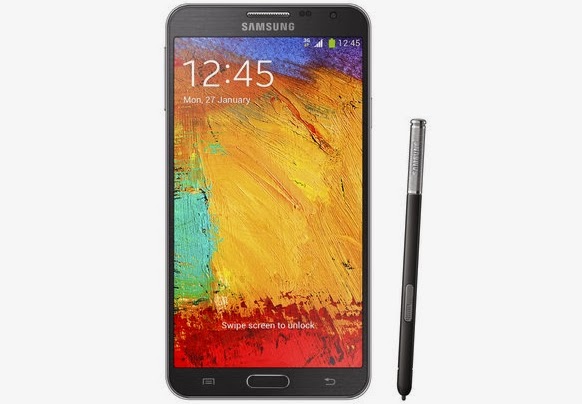Sensor Lets Robots 'Feel' :- Human Touch
Researchers have developed a flexible sensor which is able to detect temperature, pressure and humidity simultaneously, and more accurately than currently existing devices.
To make the device, the researchers integrated gold nanoparticles covered with organic connector molecules which is called ligands, into the surface of a plastic commonly used to make water bottles. The system has a flowerlike arrangement, with a layer of gold in the center, and the ligands forming the "petals."
Study author Hossam Haick (a professor of chemical engineering and nanotechnology at the Technion-Israel Institute of Technology in Haifa )said,” The sensor is "a huge step towards imitating the sensing features of the human skin". The device is about 10 times closer to how real human skin senses the environment, compared with other designs.
Temperature and humidity also affect the distance between the nanoparticles in a similar way. "By using a combination of software and hardware operations, it is possible to isolate the values for humidity, temperature and touch — making the sensor 3-in-1."
The researchers also found that, they could control the sensitivity of the sensor by altering the thickness and material of the plastic surface.
Changing the properties of the plastic "allows measuring a large range of loads, ranging from tens of milligrams to tens of grams," Haick said.
The researchers also found that, they could control the sensitivity of the sensor by altering the thickness and material of the plastic surface.
Changing the properties of the plastic "allows measuring a large range of loads, ranging from tens of milligrams to tens of grams," Haick said.
It means that in addition to being used in prosthetics and giving a humanlike "sense of touch" to robots, the sensor could be used in an early warning system to detect abnormal temperatures and tiny cracks in airplanes, bridges and other structures. Another possible application could be to monitor people's health.
"Until complete implementation of this vision, an intermediate development would be the integration of e-skin with a computer system," Haick said.
The study is detailed in the June issue of the journal Applied Materials & Interfaces.



